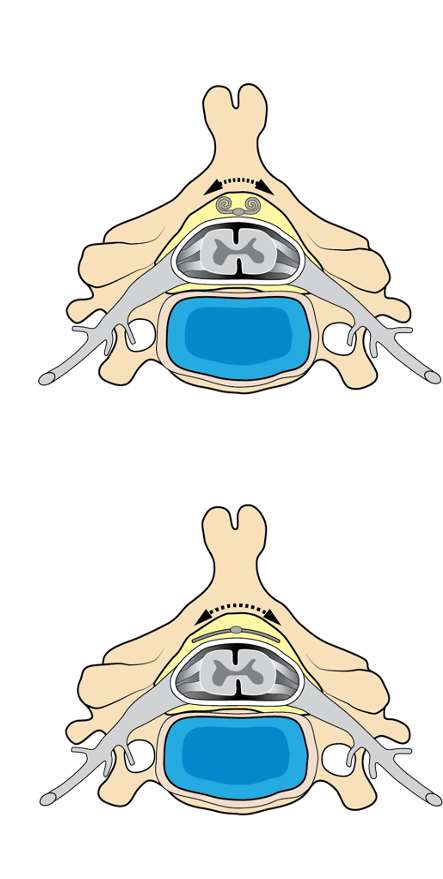PainRelief.com Interview with:
Mohab Ibrahim, MD., Ph.D
Associate Professor, Departments of Anesthesiology, Neurosurgery, and Pharmacology.
Director, Chronic pain clinic.
Director, Chronic pain fellowship.
Medical Director, Comprehensive Pain and Addiction Center
Banner-University Medical Center
University of Arizona
PainRelief.com: What is the background for this study? What are the main findings?
Response: This study is the continuation of the green light story we first published in 2017. Our first paper in 2017 investigated the effect of green light on pain behavior in animals. This idea was inspired by my brother who suffers from headaches and finds relief in green spaces. My brother’s experience with green spaces inspired me to look initially into green light therapy for pain in rodents which resulted in our first publication in 2017. Because green light therapy decreased pain behavior in animals coupled with the safety profile of green light (we use low-intensity green light), we obtained approval from the University of Arizona to conduct human trials. This has resulted in two clinical trial papers that were recently published.
We have shown that green light exposure decreased the severity of pain in patients with fibromyalgia and also decreased the intensity and frequency of migraine headaches in migraine patients. At this point, we wanted to explore the mechanism(s) of action and explain how green light works. We had some preliminary data from our initial publications pointing towards the endogenous opioid system. Therefore, we decided to explore the endogenous opioid system in more detail in the HIV-induced neuropathy model in rodents. Our findings indicate that green light reversed hypersensitivity in a model of HIV-related neuropathy in rodents by stimulating the endogenous opioid system. Green light exposure significantly increased the CSF levels of β-endorphin and proenkephalin, but not dynorphin. The µ- and δ-opioid receptors appeared to be key actors in green light-induced antinociception.
PainRelief.com: What should readers take away from your report?
Response: Chronic pain is a complicated medical condition with several dimensions. Chronic pain may affect sleep quality, life quality, and may result in depression.
The management of chronic pain requires a deep appreciation of the factors involved and necessitates the evaluation of a pain specialist and the collaboration of several medical specialists.
Non-pharmacological methods can be used to complement current pharmacological and procedural interventions to control pain.
Color and light therapy are still in their infancy and we still need to learn more about them. More research and more funding are needed to better understand the biological
Green light therapy can augment current traditional methods to control pain.
If you live in an area with trees or forests, you can enjoy free green light therapy while walking and exercising. It’s a win-win situation.
PainRelief.com: What recommendations do you have for future research as a result of this work?
Response: We and other labs have shown that different colors of light have biological effects. It’s important that we start looking at new indications for light therapy as well as mechanisms of action. Light therapy is relatively a new field and there may be some or a lot of skepticism in the scientific community about its benefits. It may be time to start thinking about organizing regional/national annual meetings focused on the medical benefits of light therapy. This type of meeting will foster collaborations among physicians and scientists and attract more attention and interest in this field.
Finally, looking at the financial burden secondary to the price and cost of medications and the side effects associated with some of these interventions, light therapy may offer a safer complementary tool that is more affordable and has fewer side effects than a significant number of medications. While light therapy may not replace traditional medications, it may decrease the amount of medications needed.
PainRelief.com: Is there anything else you would like to add?
Response: Even though green light therapy is easy to do and relatively safe, I advise anyone who wishes to try it to consult their physicians first. Some medical conditions may not be suitable for extended visual light exposure. Always check with your doctor before you start any new therapy. Also, please do not stop ANY medication you are on without consulting with your physician first. Some medications should not be stopped abruptly.
Finally, as a disclosure, I have a patent for the green light therapy, and it is currently being commercialized.
Citation:
Laurent F. Martin, Aubin Moutal, Kevin Cheng, Stephanie M. Washington, Hugo Calligaro, Vasudha Goel, Tracy Kranz, Tally M. Largent-Milnes, Rajesh Khanna, Amol Patwardhan, Mohab M. Ibrahim,
Green light antinociceptive and reversal of thermal and mechanical hypersensitivity effects rely on endogenous opioid system stimulation,
The Journal of Pain, 2021,
The information on PainRelief.com is provided for educational purposes only, and is in no way intended to diagnose, cure, or treat any medical or other condition. Always seek the advice of your physician or other qualified health and ask your doctor any questions you may have regarding a medical condition. In addition to all other limitations and disclaimers in this agreement, service provider and its third party providers disclaim any liability or loss in connection with the content provided on this website.











